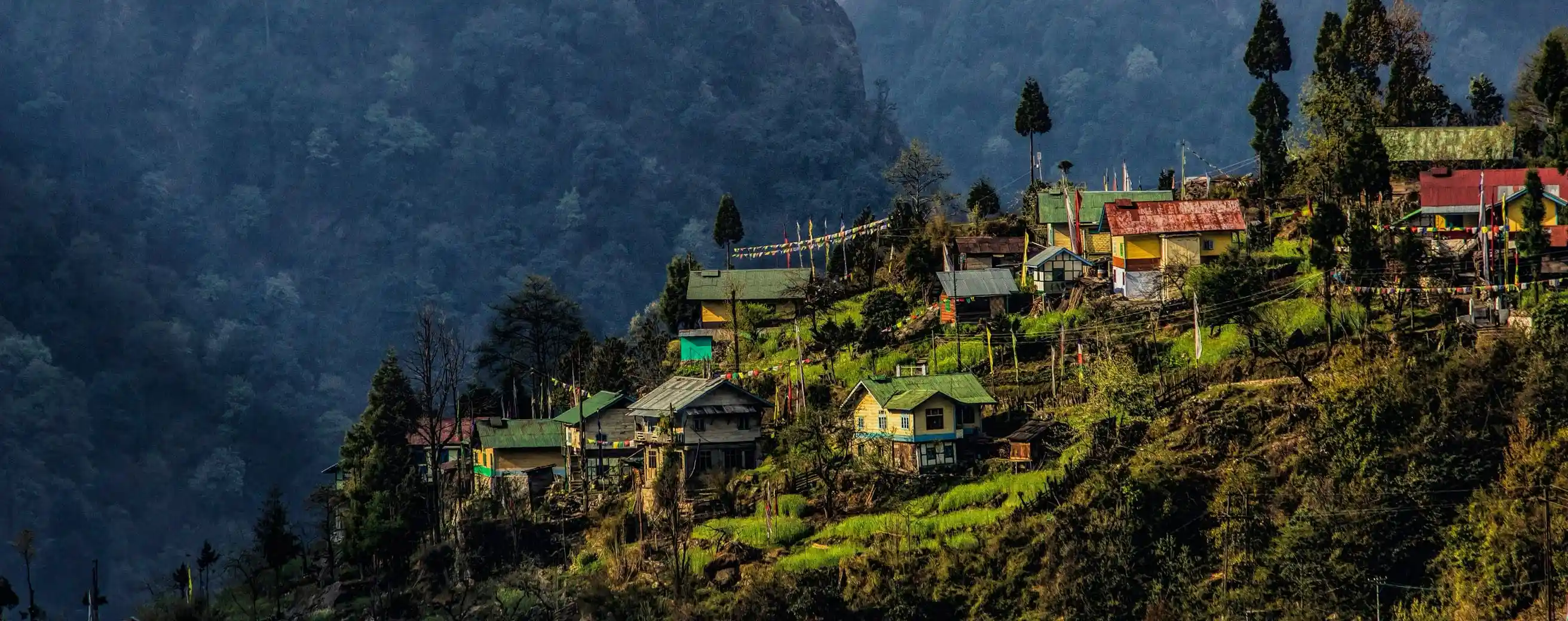Another Game of Thrones
On this day Sikkim became a part of the Indian union and both India and Sikkim were changed forever.

Sikkim, the jewel of the East; Source: Himadri & Chandrani / 500px Images
Sikkim, lying precariously above the chicken-neck of India is a small little state that nature has decorated with ample. From the blooming rhododendrons in Spring to the view of the mighty Kanchenjunga on a clear day, the land of Lepchas is a treasure-trove on the national map. While the economy of the state is largely dependent on tourism, there is also a land-mine of rich history that lies behind its exterior. Once ruled by the Chogyals, today's Sikkim became the 22nd State of the country after its annexation in 1975.
It was not any simple meeting within the closed halls of the parliament that determined the fate of the land. Behind its formation lie years of history. A game of chess between the Indian government and the ruling Chogyals, there ensued a high drama in its formative years. Trouble erupted in the lush green Himalayas and after much negotiations, controversies, and the last-minute high voltage drama by storming the palace, the prized land was finally taken by the Indian government. 16th May 1975 became the historical day when the fate of the state was forever sealed.
Rewinding hundreds of years back, Sikkim was the kingdom of the Chogyals (a Buddhist Kingdom). After the British crossed the seas to rule the nation, Sikkim became a protectorate of India.
After the colonial rulers retreated to their homeland in 1947, Sikkim maintained its autonomous state. However, everything was about to change almost 24 years after independence.
The 1970s were a different era altogether. While India witnessed an emergency, there were also other significant changes happening in and around the nation. Sikkim conducted its general elections in April 1974. The Sikkim National Congress which wanted their state to be annexed to India won a landslide victory. Soon, there was hullabaloo all around as they demanded more liberties. The Chogyal of Sikkim, Palden Thondup Namgyal was also not to be easily defeated as he suppressed those demands. Within a few months, acts and reforms, and further amendments were passed concerning the future of Sikkim.
A year passed and the National Congress grew more stern with its demands. The Chogyal time and again called for a referendum. However, all hell broke loose when the Indian troops stormed the palace, killed one of the guards, and placed the king under house arrest. By now, the Indian government was sure of their victory. The day after the palace was stormed, the Sikkimese parliament voted in favour of abolishing the monarchy and annexing the state with India. The iron lady, Indira Gandhi also lend her full support.
An election was held where it is said that 97% of the people voted in favour of its annexation. Although many doubted its authenticity, the final nail was hammered in the coffin. Sikkim gained the status of an official Indian state on 16th May 1975.
Thus came an end to years of monarchy. Whether the route to democracy was rightly taken still remains a debatable matter in Indian politics. This game of chess was finally lost by the Chogyals and the winning team started their administration marking the start of a fresh chapter in the history of Sikkim.


